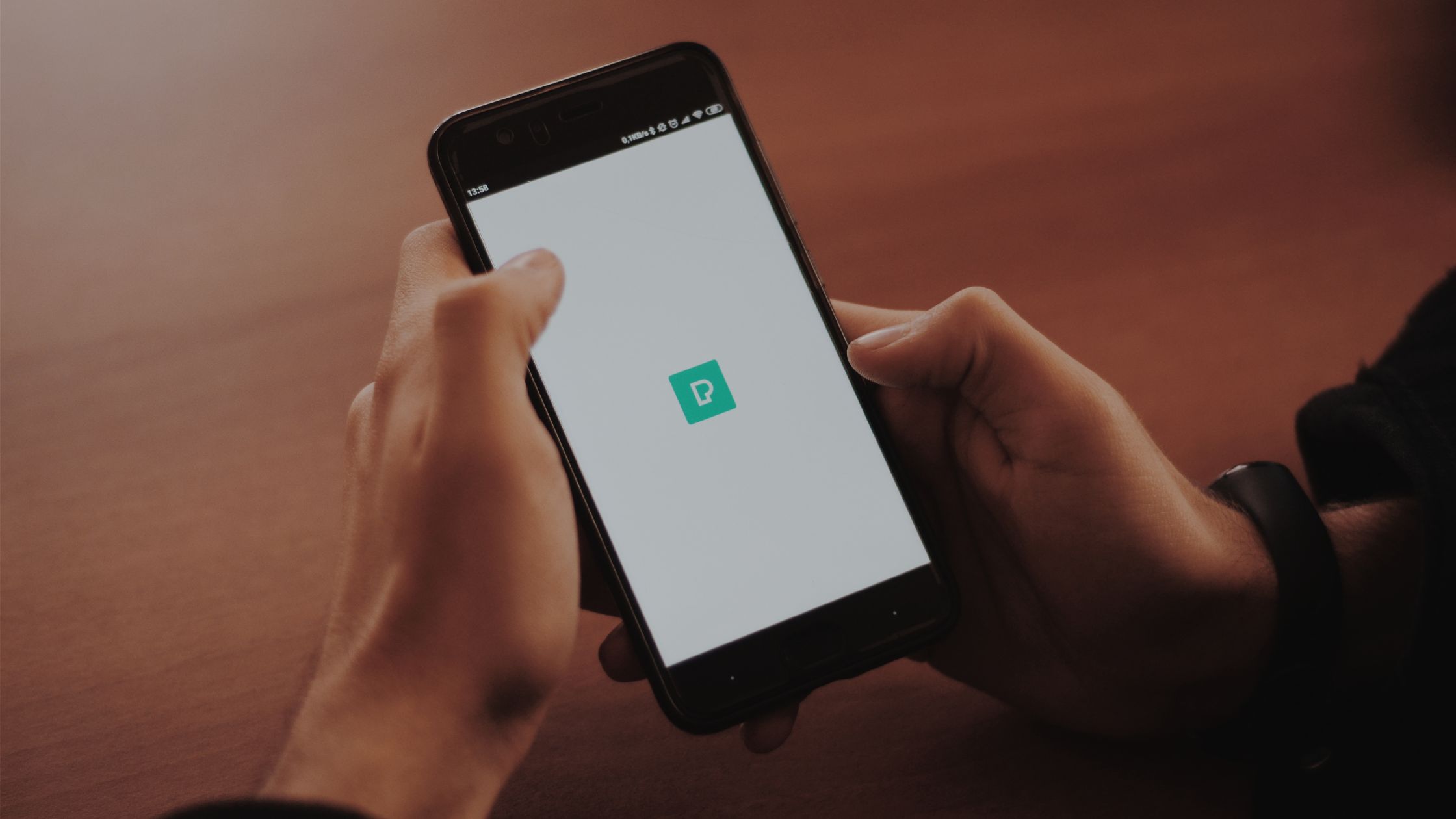Need to install an Android application that is or isn’t accessible in the Google Play Store? When you change your settings to permit application installs from Unknown sources, you’ll have the option to install a wide range of applications and games from APK (Android Bundle) files. This APKOnline article will show you how you can undoubtedly install applications on any Android smartphone or tablet.
What Is an APK File?
APK represents Android Bundle (here and there Android Bundle Unit or Android Application Bundle). It’s the file design that Android uses to disperse and install applications. Accordingly, an APK contains every one of the components that an application needs to install accurately on your gadget.
An APK is a chronicle file, implying that it contains numerous files, in addition to some metadata about them. You’re presumably acquainted with different kinds of chronicle files, similar to Compress and RAR.
By and large, document files (like Compress) are utilized to consolidate different files into one, to make them more versatile, or pack them to save space. At the point when a document is utilized to disseminate programming, it’s then, at that point, called a product bundle.
It just so happens, APKs are a variation of the Container (Java Document) file design, since a ton of Android is implicit Java. All APKs are Compress files at their center, however, they should contain extra data to work as an APK appropriately.
So all APKs are ZIPs, yet not all ZIPs are APKs. Assuming you’re interested, you can air out an APK file and see what’s inside. Simply utilize one of the most amazing file extraction devices, similar to 7-Zip, to open it like you would any old Compress file. You can’t do much with APKs on stages other than Android except if you install an Android emulator like Bluestacks.
What Are APK Files Used For?
APK files permit you to install applications on your Android telephone. They’re like the APPX files used to install Store applications on Windows 10, as well as relating bundle files on different stages. At the point when you open an APK on your gadget, it contains the directions to install it on your telephone and gives data about the actual bundle to your gadget.
Typically, when you visit Google Play and download or refresh an application, the store consequently installs the APK for you. Along these lines, the Play Store likewise goes about as a bundle supervisor — an instrument for effectively installing, refreshing, and eliminating programming on a gadget.
Be that as it may, because of Android’s open nature, Google Play isn’t the best way to find and install APKs. It’s not difficult to get an APK file from somewhere else, move it to your gadget, and afterward install it physically. Perceive how to sideload applications on Android for full aid.
How Are APK Files Created?
At the point when an engineer makes an Android application, they probably use Android Studio, the authority improvement device for Android. Once the application is prepared to transport, Android Studio arranges the application, then places everything into one compartment — an APK.
APKs can have any name, yet regularly need to keep the file augmentation .apk so OSes know how to decipher them. At the point when you download an APK, you’ll typically find they have filenames like the accompanying:
com.google.android.dialer_66.0.374464860.apk
This is a (abbreviated) variant of the APK name for Google’s Telephone application. You can see that the full application name coordinates with the application’s filename in the URL of its Google Play page:
https://play.google.com/store/applications/details?id=com.google.android.dialer
The numbers toward the end address the ongoing variant, which can be very granular since major applications like this get refreshed constantly.
Why Would I Install APK Files Manually?
Google Play is fine for a great many people’s Android installation needs. Yet, there are a few advantages to installing APKs physically.
One of the greatest is gaining admittance to the most recent variant of applications early. At the point when a significant Google application (like Schedule) delivers a significant update, it can require possibly more than seven days for your gadget to get the most recent delivery from Google Play. Installing the APK on your own allows you to avoid the pause and update when you need.
Sideloading APKs additionally allows you to install applications on your gadget that aren’t accessible on Google Play. You could find an application that isn’t permitted on Google Play since it disregards a strategy, or perhaps you need to test your companion’s application that is at present being developed.
Very much like work area programming, however, downloading APK files from arbitrary sites can be perilous. While Google Play has channels set up to get risky applications, there’s not as much insurance while you’re installing APKs all alone. They could be malware camouflaged as a real application or may be messed with to incorporate spyware.
Just download APKs from confided-in locales. Be careful about any page that guarantees you a paid application for nothing — that is a typical strategy to install malware on your gadget.
Read Also: Where are Apk Files Stored on Android Devices?
How to install an APK on your Android device
- APK files can be installed simply from your browser on an Android smartphone or tablet.
- Simply open your browser, navigate to the APK file you wish to download, and press it. Your device’s top bar should then show the download progress.
- Once downloaded, open Downloads, tap on the APK file, and Yes when prompted.
- Your device will start installing the app. Simple.
Allow APK Installs on Samsung Galaxy
Stage 1
Open your Android Settings. To do this, tap the gear-like-looking icon.
Stage 2
Tap “Apps & Notifications” on the menu. This shows a rundown of applications.
On the off chance that you’re utilizing a more established variant of Android (Android 7.0 or prior), permitting APK installs is somewhat unique. Select “Security or Lock screen and security” rather than Applications, look down to the “Unknown Sources” region, and afterward tap the change to turn it on—you can then install your APK.
Stage 3
Select Advanced. This opens up new possibilities.
- Depending on your Android version, you may only need to scroll to the “Advanced” section instead of tapping it.
Stage 4
Tap “Special App Access.” This opens a screen that has the choice to permit installations from obscure applications.
In the event that you don’t see a choice called “Extraordinary Access,” tap the back button until you’re once again at the primary Settings screen, and afterward tap Biometrics and Security.
Stage 5
Tap “Install Unknown applications”. A rundown of applications on your Android that can install APKs (whenever permitted) will show up.
You might need to tap Install obscure applications a second chance to affirm before you see the application list.
Stage 6
Select the application you need to install APKs from. For instance, if you need to download the APK from the web with Chrome, select Chrome here.
- On the off chance that you moved the APK file to your Android from a PC or currently downloaded it from the web, select My Files so you can install it from your File Manager.
Stage 7
Flip on the switch close to “Allow from this source.” This gives the chosen application consent to install applications from APKs on your Android.
How to install APK Files from your computer
APK files can be downloaded and installed even without a smartphone. This is also possible with a desktop computer. This is how it goes.
Firstly, you must find the desired APK file. Find an APK file online, then download it to a specific spot on your computer (like your desktop).
- To make it simple to locate files on your Android device, you may also download a file manager software. In our list of the top file explorers for Android, we suggest our favorite file managers.
- Connect your Android device to your computer after downloading the APK file.
- You could be prompted to choose between charging your phone and connecting it as a “media device” at this point. Select a media device (File Transfer in some phones).
- then locate the folder for your phone on your computer. On Windows, it will be located in “My Computer” or “Computer” (PC).
- On your Android phone, copy the APK file into the folder of your choice.
- Now that the file location is known, you may search for it in your device’s My Files area.
- Locate the APK file in the file manager, press it, and then choose Install.
Android will ask you for permission to install unknown apps or those that were not obtained from the Play Store if this is your first time using the file manager to install an APK file. To enable the program to act as seen in the screenshot above, simply follow the on-screen directions.
Congratulations, you’re done, and you now have your app. Just check that it functions properly by opening it from your smartphone. Repeat the procedure with a different APK file if it doesn’t. You might need to try another APK website.
Bonus
You must modify a system option if your smartphone’s operating system is older than Android 8.0 in order to be able to install apps that are not downloaded via the Play Store:
- Launch the Settings app.
- Select Security.
- To enable your phone to install apps from sources other than the Google Play Store, turn on the Unknown Sources setting.


